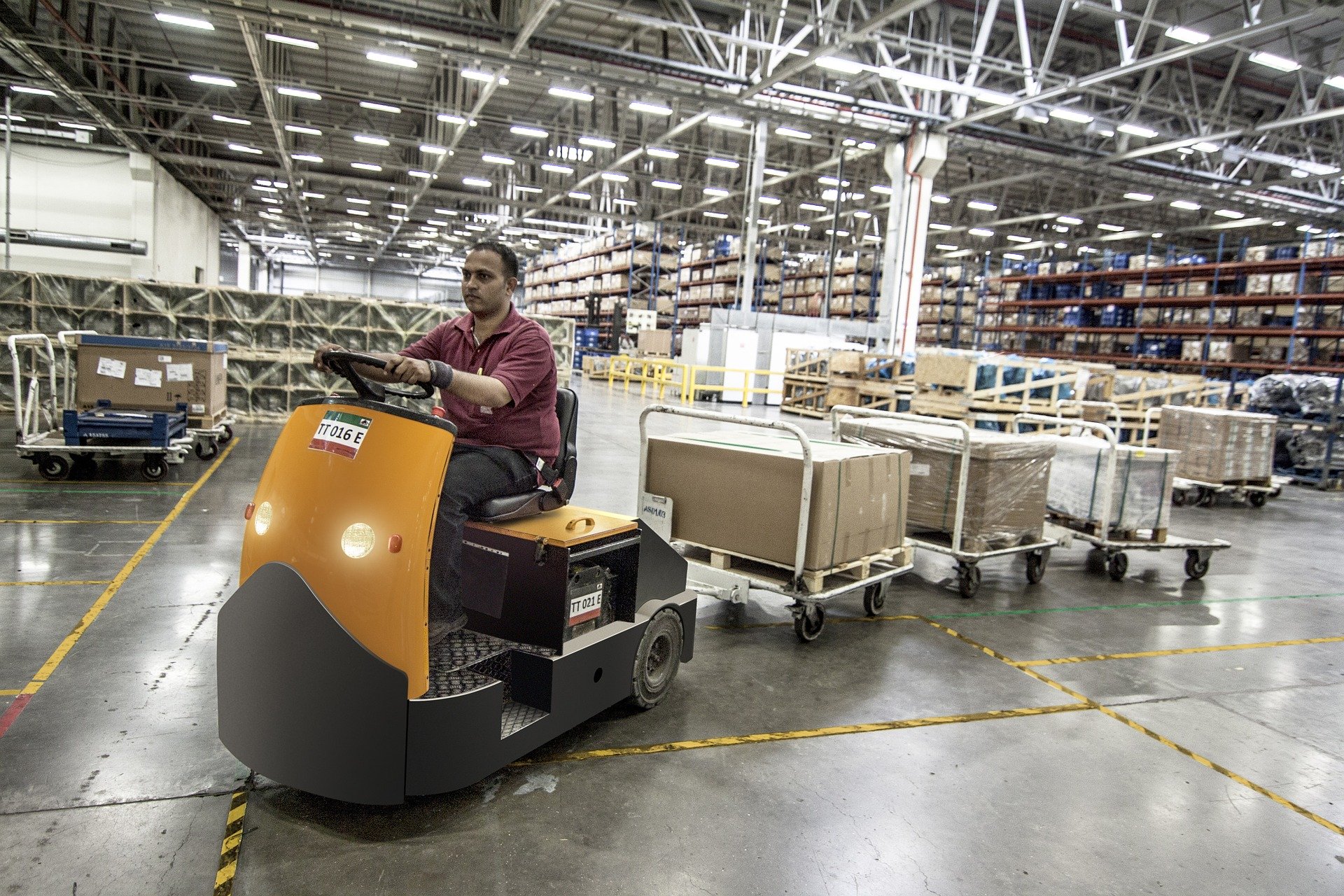While a productive warehouse is usually a profitable one, achieving both at the same time can be easier said than done. The order fulfillment process involves numerous procedures and people interacting all at once, and failure to manage those procedures properly can lead to mistakes, delays, and above all, lost profits.
The answer to the question of how to ensure warehouse productivity is different for every unique warehouse. However, there are some common tips and tricks to be aware of that could guide you towards the best solution for your specific needs and those of your workers.
Invest in Assets—Both Technological and Human
It is tempting to minimize costs when purchasing supplies and equipment for your warehouse, but the cheapest option now may not save you money over time. Spending more on higher-quality machinery and tools now could save you a fortune later by reducing the need for repairs, replacements, and work stoppages.
Likewise, investing in modern technology can go a long way towards reducing long-term costs in your warehouse. For example, voice-enablement technology allows warehouse workers to more effectively keep track of inventory, manage day-to-day tasks, and adjust to unique situations, all of which translate to more productivity on the floor.
It is important to note, though, that even automated systems like these require capable employees to operate them. With that in mind, instituting cash incentives and awards for hitting production goals and maintaining mistake-free work environments can be key to decreasing turnover, and therefore the cost of hiring and training new workers. Plus, if you need to supplement your full-time employees on a temporary basis, services like HapiGig can provide dependable flex labor on a gig-by-gig basis.
Reduce Wasted Motions and Replace Inefficient Systems
Before you can optimize your warehouse for productivity, you need to know exactly what your production goals are. Establishing key performance indicators, metrics for tracking productivity, and targets you want your warehouse to aim for are great first steps towards maximizing efficiency.
Once your goals are set, consider the methods your warehouse has previously used to reach them. How many links does your supply chain have? Where could steps in your receiving process—as well as in order picking, packing, and shipping—be cut out to save money and time? Could external flex labor from a service like HapiGig fill gaps in your shift schedule—for example, when seasonal surges leave you short on full-time labor?
Even the way your warehouse inventory is arranged should be factored into this endeavor. Setting up your floor space so that high-volume products are closer to the front and lower-priority items are towards the back—or even towards the ceiling on vertical racks—ensures that the items you need most are easily accessible.
Talk to Employees About What They Need
While external consultants and techniques can certainly help make your warehouse more productive, you can often learn everything you need to know about inefficiencies and potential solutions by talking to your own employees. By working on the floor every day and becoming familiar with existing processes, warehouse workers can often quickly identify where slowdowns and bottlenecks occur. The information they provide may be key to fixing those issues at a low cost.
At the end of the day, ensuring warehouse productivity is a matter of ensuring worker productivity, so make sure your workers know what is expected of them and what they can expect of you. Warehouses that work together to streamline fulfillment procedures often have a much easier time maximizing efficiency.

